Often referred to as the greatest open-air museum in the world, Luxor is an interesting destination where history meets culture. Situated in southern Egypt, it attracts tourists who wish to experience the legacy of the ancient civilisations. There are various things to do in Luxor, reflecting the timeless charm, genuine warmth and calmness of the Nile. Tourism in Luxor gives a unique experience to journey through time again, where the present is in remarkable harmony with the past. An intriguing heritage, friendliness in markets and deep connections with the culture of humanity continue to lure adventurers and tourists to Luxor.
Top 10 Things To Do In Luxor
Here are the top 10 things to do in Luxor, each offering a unique glimpse into its rich history and culture:
1. Explore The Valley Of The Kings
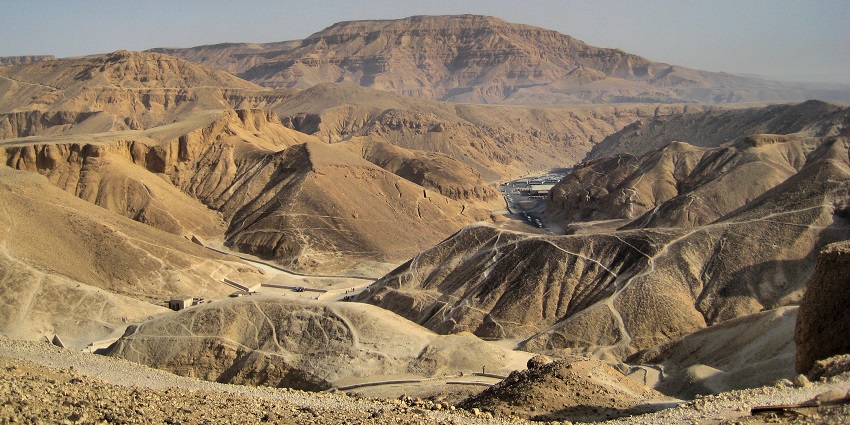
Photo: Francisco Anzola / Wikimedia Commons
Between the sixteenth and eleventh centuries B.C., the Valley of the Kings served as the royal necropolis of New Kingdom pharaohs of Ancient Egypt. More than 60 tombs were discovered there. This valley also forms part of the UNESCO World Heritage Site and is a haven for the history buffs. It has been subdivided into East Valley and West Valley, the first being the location of most famous tombs. While nearly all the tombs are off-limits to the public in order to safeguard their artworks, some are open on a rotation basis.
Location: West Bank of Luxor
Timings: 6 AM – 5 PM (October – April); 6 AM – 6 PM (May – September)
2. Tour Karnak Temple Complex
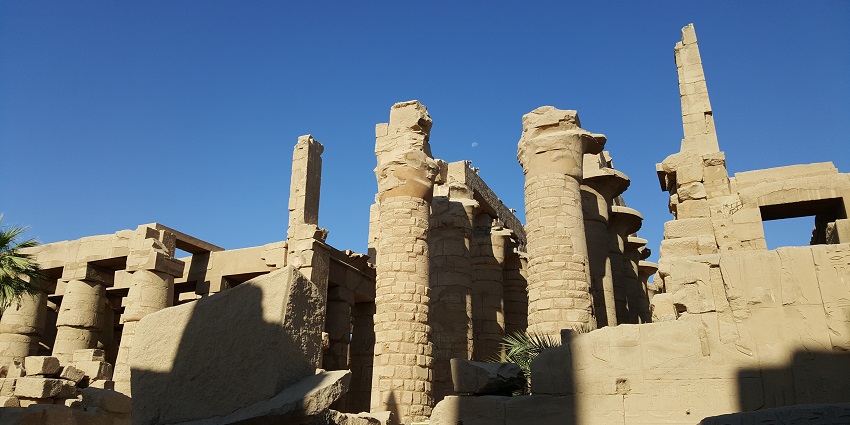
Photo: Ovedc / Wikimedia Commons
Karnak is Egypt’s largest and most impressive temple complex, having been built over an antiquity spanning some 2000 years. This is from the time of the Middle Kingdom and continued through the Ptolemaic period. The site comprises over 100 hectares and consists of temples, chapels, pylons and obelisks. It is particularly famous for its magnificent hypostyle hall with 134 massive columns arranged in 16 rows, scale and intricate reliefs. It also contains such attractions as the Sacred Lake and Avenue of Sphinxes. The nightly sound-and-light show narrates the history of the site through dramatic lighting and voiceover.
Location: East Bank of Luxor
Timings: 6 AM – 5:30 PM
3. Visit Luxor Temple
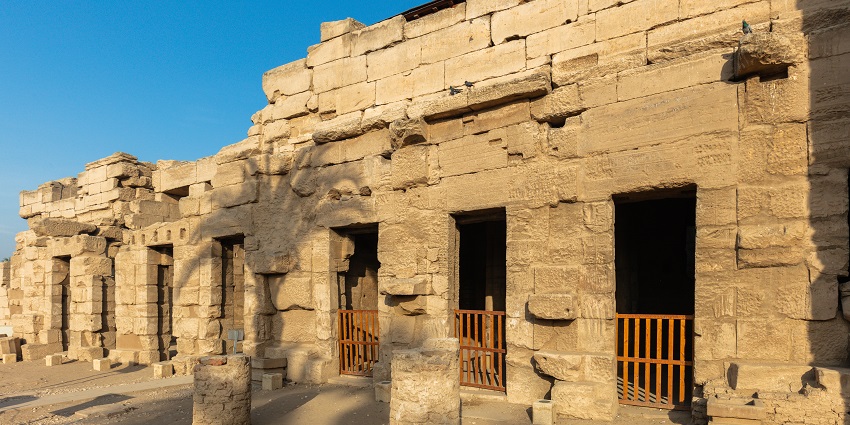
Photo: Diego Delso / Wikimedia Commons
At the temple’s heart, Luxor Temple stands at the modern Luxor. It is aligned with Karnak via the Avenue of Sphinxes. Instead, the temple is really much more a ceremonial center than a temple for the worship of gods. A grand pylon erected by Ramses II marks the entry to the temple, flanked by huge seated statues and an obelisk. The inside of the temple has a colonnade with carved reliefs and a sanctuary at the back. During the Greco-Roman period, part of this building was converted into a church. Powerful as well as dramatic by night, the temple becomes especially beautiful when illuminated.
Location: Center of Luxor, near the Corniche
Timings: 6 AM – 10 PM
4. Take A Hot Air Balloon Ride
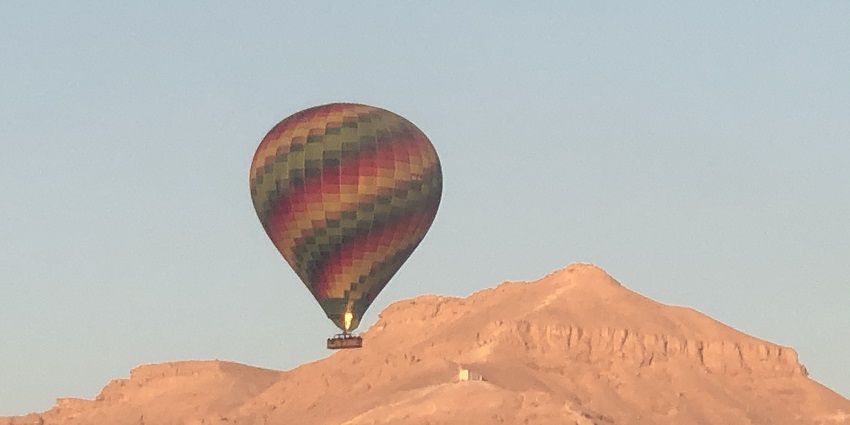
Photo: Manoezz111235 / Wikimedia Commons / Image For Representation Only
There is something really exotic about getting into a hot air balloon early in the morning and flying over Luxor. You can see the ancient temples, tombs, and the Theban Necropolis bathed in golden light-dream up from the Nile, from ancient temples, tombs, and the shores of the west bank. One can see the Valley of the Kings, Hatshepsut’s Temple, fields bordering the Nile heat up from above. Plane movements could reach as high as 1,500 feet depending on wind conditions. It is one of the most crowd-pulling prizes for the photographer, an amazing site for capturing the peaceful yet awe-inspiring part of Luxor.
Location: Launches from West Bank
Timings: Around 5 AM
5. Stroll Through The Valley Of The Queens
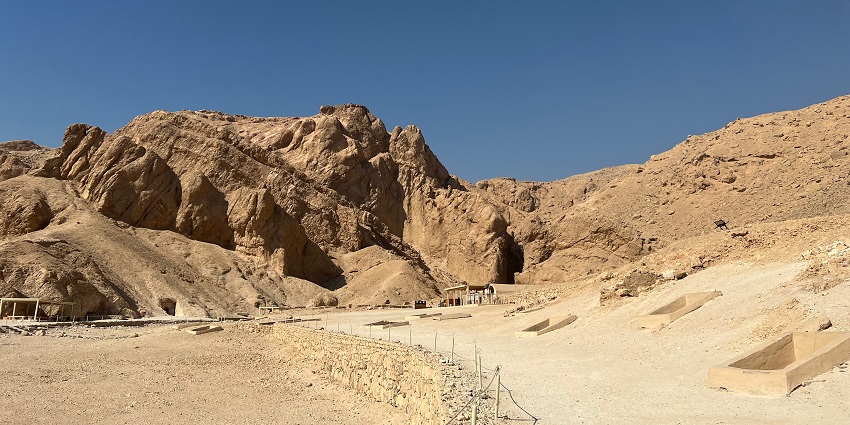
Photo: Onceinawhile / Wikimedia Commons
The Valley of the Queens is located on the southern side of the Valley of the Kings. It served as the burial ground for dowagers, princesses and upper-class citizens during Egypt’s New Kingdom. Over 90 tombs are scattered in this area, with most of them being simple and undecorated. It is most famous for the tomb of Queen Nefertari, who was the wife of Ramses II. Known for its colourful and well-preserved wall paintings, this tomb is one of the loveliest in ancient Egypt.
Location: West Bank, near Deir el-Medina
Timings: 6 AM – 5 PM
6. Discover The Mortuary Temple Of Hatshepsut
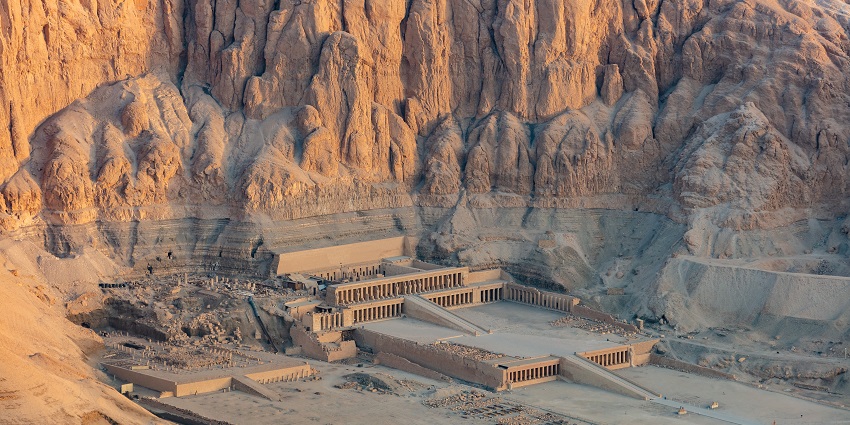
Photo: Diego Delso / Wikimedia Commons
Queen Hatshepsut, one of a handful of females who have ruled over Egypt, had built this beautiful, terraced temple. Architect Senenmut designed the temple for the worship of Amun-Ra and has three levels interconnected by ramps. These are adorned with colonnades and statues, and reliefs portraying scenes of Hatshepsut’s divine conception and exploration of Punt. The structure was later defaced by her stepson, Thutmose III, as an attempt to cleanse Hatshepsut from the historical record. Yet it remains resplendent with colorfully carved and architecturally rich remnants of its past. Adjacent to it lie such significant sites as the tomb of Senenmut and the temple of Montuhotep II.
Location: Deir el-Bahari, West Bank
Timings: 6 AM – 5 PM
7. Cruise The Nile River
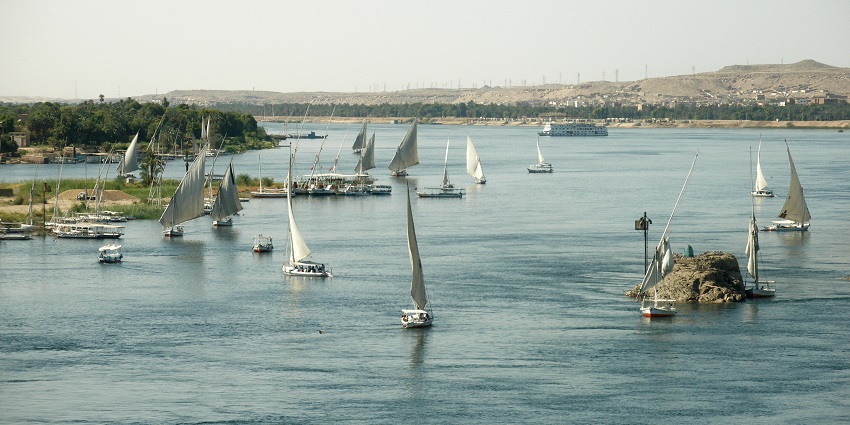
Photo: Vyacheslav Argenberg / Wikimedia Commons
The Nile cruise between Luxor and Aswan offers a pleasant way to explore the ancient monuments of Upper Egypt. Generally, cruises offer guided visits to temples along the way, including Karnak, Luxor, Edfu, Kom Ombo, and Philae. Traditional feluccas are available for short, beautiful sunset tours of Luxor. Dining, cultural performances onboard, and lectures on Egypt’s history are often featured. The scenery also affords tourists a view of rural villages, verdant riverbanks, and wildlife. Most cruises start or finish in Luxor and are hence the crossover point for Nile travel.
Location: Luxor to Aswan (or vice versa)
Timings: Usually mid-morning or afternoon
8. Visit The Colossi Of Memnon

Photo: Diego Delso / Wikimedia Commons
The two enormous statues of Pharaoh Amenhotep III, known as the Colossi of Memnon, are situated on the western bank of Luxor. Each of the statues is approximately 18m (60ft) in height and once flanked the entrance of Amenhotep’s long-demolished mortuary temple. The statues themselves, sculpted from solid blocks of quartzite sandstone carried down from the nearby Cairo quarries. The statues depict the seated king with hands upon knees, gazing toward the eastern horizon across the Nile river. The statues were damaged through time and erosion, earthquakes, and flooding but remain a grand tribute to ancient Thebes.
Location: West Bank, near Hatshepsut’s Temple
Timings: Open-air, accessible all day
9. Explore The Luxor Museum
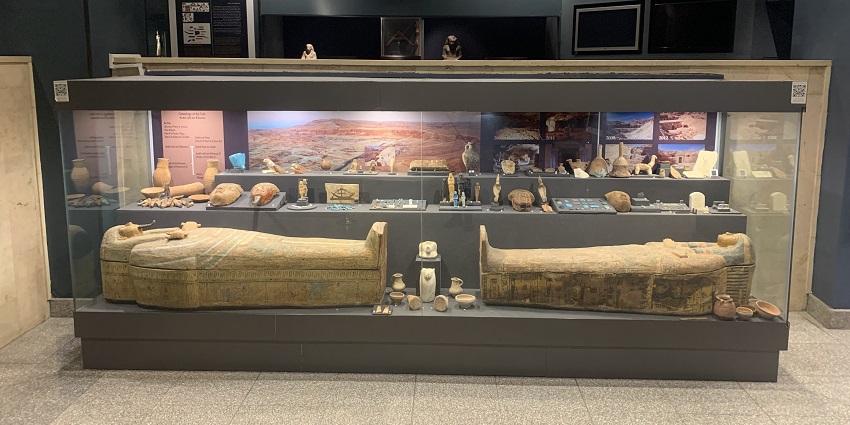
Photo: Marsupium / Wikimedia Commons
The Luxor Museum possesses a well-curated collection of artifacts from the region around Thebes. It was opened in 1975, and it gives an alternative to the far larger Cairo museum, the Egyptian Museum. Statues from the Luxor Temple, items belonging to Tutankhamun’s tomb, and the marvelous statue of Thutmose III are the prominent items. Furthermore, a Royal Mummy Gallery opened in 2004 holds the mummies of Ahmose I and Ramses I. The artifacts are accompanied by good detailed descriptions preferably in Arabic and English to help give a historical context and interpretation. The building itself is modern and climate controlled to preserve the artifacts as well as the comfort of visitors.
Location: East Bank, near the Corniche
Timings: 9 AM – 2 PM & 4 PM – 9 PM
10. Walk Through The Souks And Local Markets
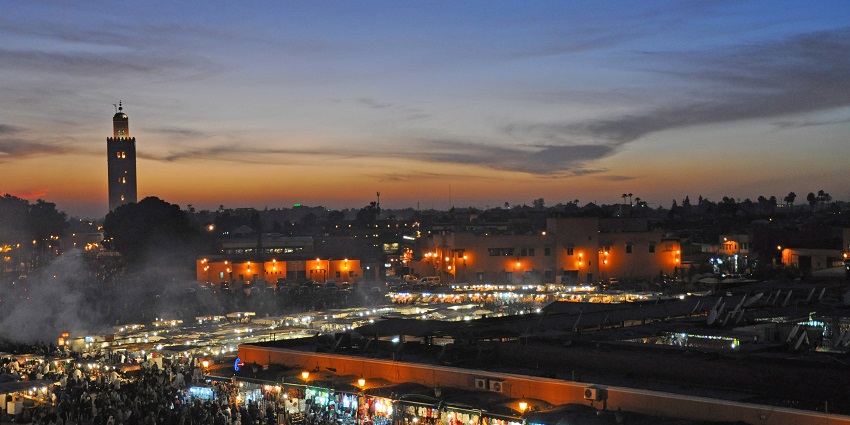
Photo: Jorge Láscar / Wikimedia Commons / Image For Representation Only
In terms of places for shopping and cultural interaction, Luxor is perfect with its souks and local markets. This gives a lively insight into the daily life of Egyptians. The best market in all of Luxor has to be Luxor Souk, which stretches from Sharia al-Mahatta to Sharia al-Karnak. It is lined by stalls selling everything from spices to perfumes, traditional clothing, alabaster artifacts and papyrus paintings. Frequently, vendors are caught up in friendly haggling, and on the whole bargaining is part of the shopping experience. The market hosts the best of the handmade goods and thus will make an excellent place for authentic souvenirs.
Location: Sharia al-Mahatta to Sharia al-Karnak
Timings: 9 AM – 10 PM
Luxor calls forth an extraordinary voyage acoustic with wonders, a site for avenues of curiosities, contemplation, and wonder. From fabled tales to artistic brilliance and an all-rounded cultural experience, there are numerous things to do in Luxor. The atmosphere can command you to slow down, to slow down and dig yourself with something bigger. An expedition could chart a path slowly and confidently. Plan the journey with TripXL today making your travel enriching and hassle-free.
Cover Photo: Olaf Tausch / Wikimedia Commons


 WhatsApp
WhatsApp
 Twitter
Twitter









